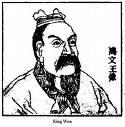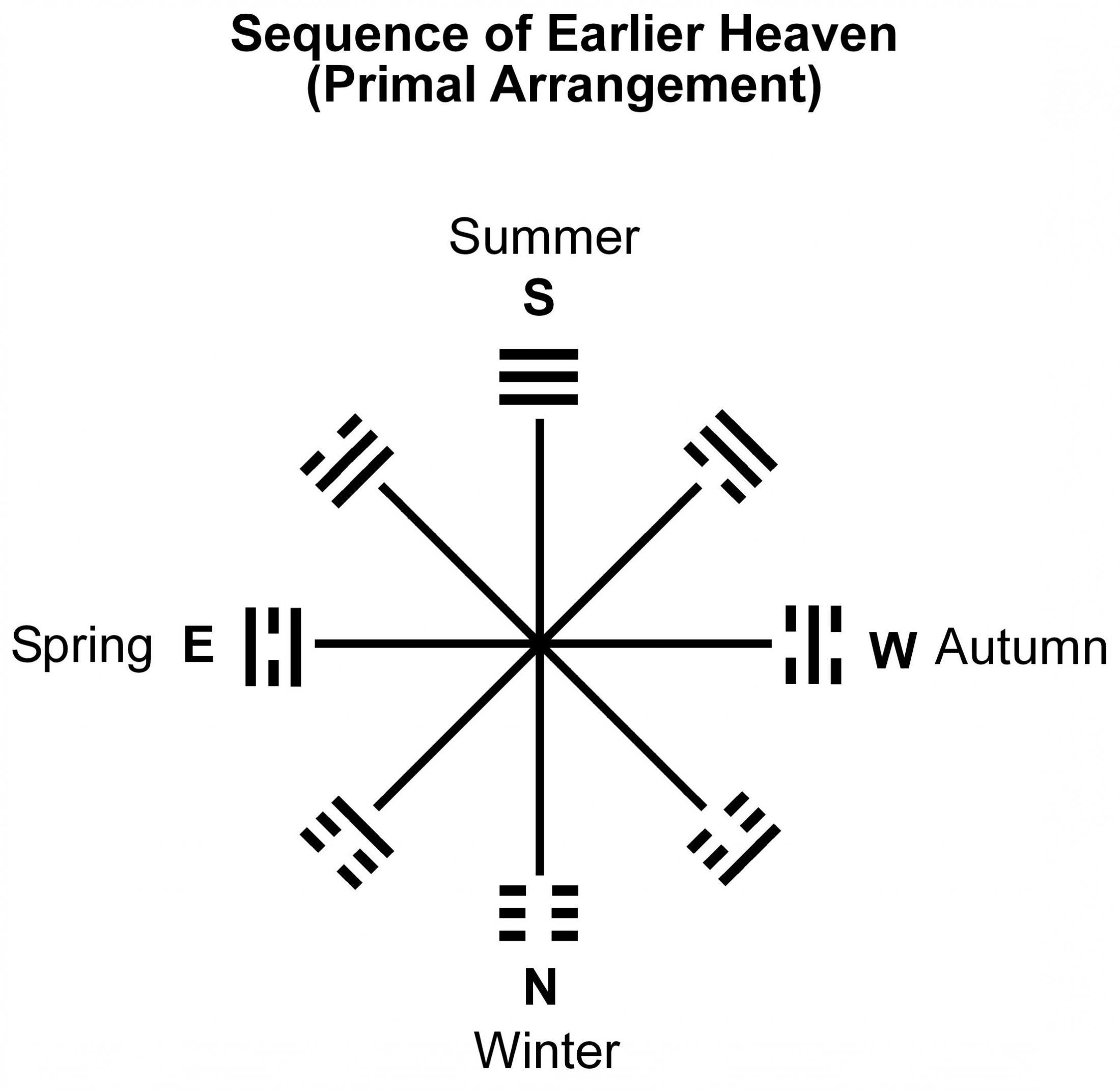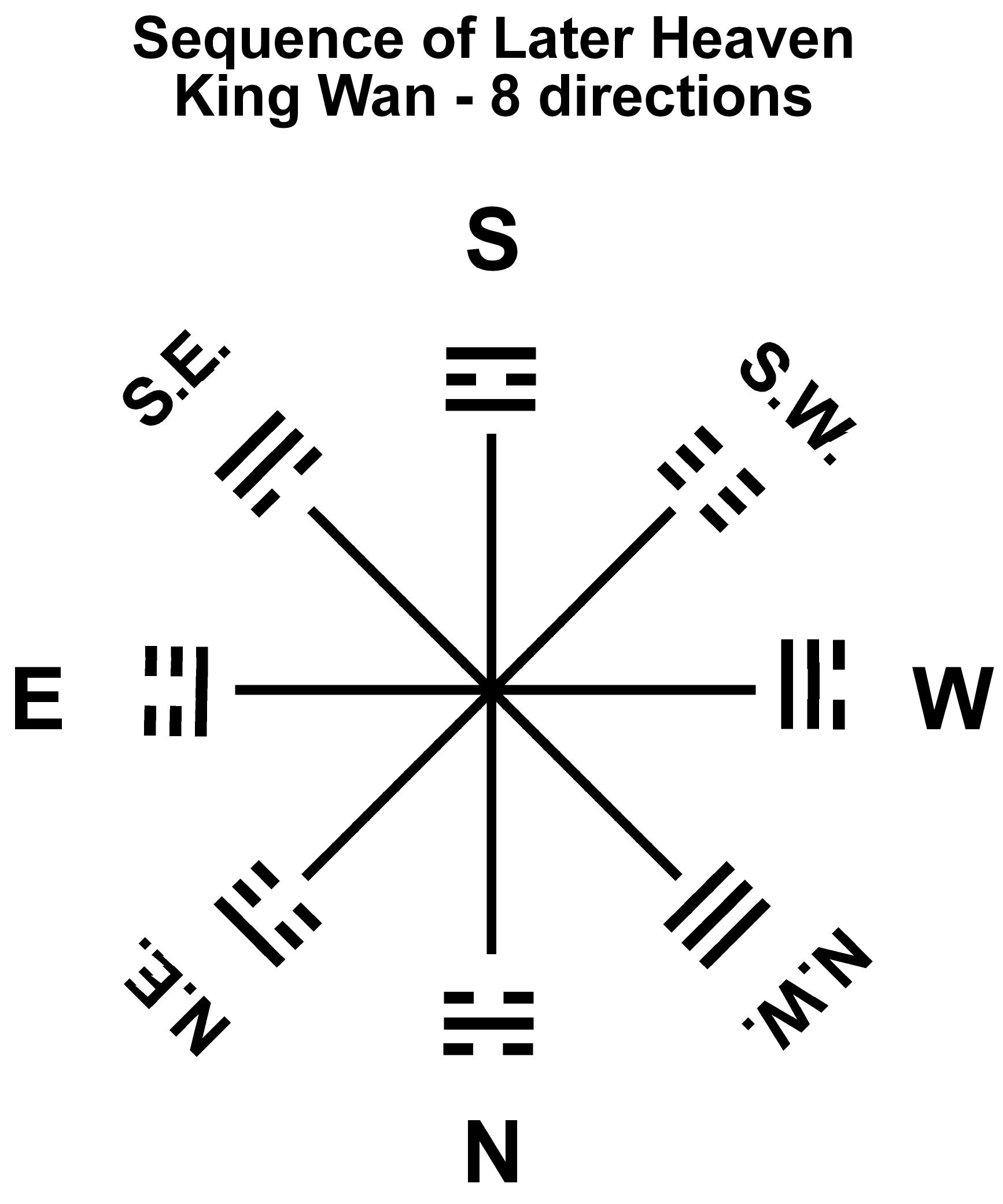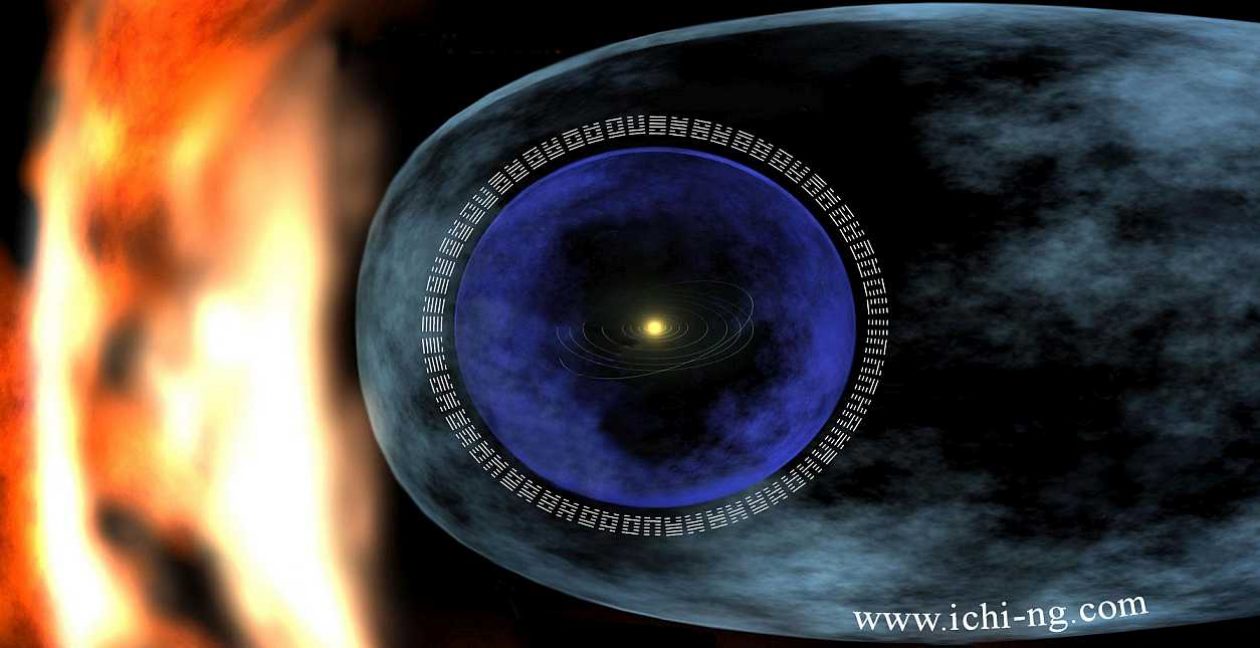
King Wan is attributed to having written down judgments of the sixty-four hexagrams based on the relationships of the eight trigrams. He also gave names to the sixty-four hexagrams. How much of this writing and naming was his own or simply a rewording of traditional oral interpretations, is not known.
King Wan spent the last years of his life imprisoned by Chou Hsin. His son the Duke of Chou overthrew the emperor that was responsible for the imprisoning and subsequent death of his father. It was sometime after the death of King Wan when the Duke of Chou became the new emperor that his father’s writing became established as the new order.
It has been assumed that King Wan wrote down his interpretations of the trigram relationships within each hexagram, during his time in prison. This is an unlikely scenario as he was held in prison and died there. It is unlikely that he would have been given materials to write with or that he could have passed the teachings on to anyone. Most likely he studied the traditional ways, named the hexagrams, rearranged them and wrote them down before he was arrested. It is possible that this very arrangement might have been considered heresy and against the true way of heaven. It may have been the starting point of a new revolution and the cause for his incarceration. In any event, he must have inspired his son and taught him these new teachings, or at least he had written them down for his son before his arrest and subsequent death.


This new arrangement was called the Sequence of Later Heaven and represented a new order to the universe. This was in effect a new calendar or almanac to live by. Names were written down for each of the sixty-four hexagrams and words were added to explain the relationship of the trigrams to each other. The eight trigrams were rearranged and put in a new order and a new sequence, changing the correspondence of the trigrams to the 8 directions and the four seasons.
In this new system the trigrams and lines were no longer placed opposite each other. No longer were they in a state of harmonious natural balance. They were grouped together and placed in sequence according to numerological concepts. This new sequence and calendar replaced the old. The old astrological calendar was eclipsed by a new numerological tradition.
It is possible that exposure to the West with its kaballistic concepts may have played a factor in this transformation.
The Sequence of Later Heaven was hailed as the new way and this teaching prevailed for the next three thousand or more years until today.
Today’s Chinese calendar is still a numerological one. There are twelve animals and five elements that combine to make a cycle of sixty years. There is an animal for each year that is further qualified by one of the five elements. Hence we have the year of the fire-dragon, or the water-dog, and so on. These animals represent the Chinese astrology of today. They do not, of course, represent true astrology but a numerological belief associated to each year. The determination of the starting point and the phases of the year are more strictly astronomical but the naming of the years is a mathematical system.
